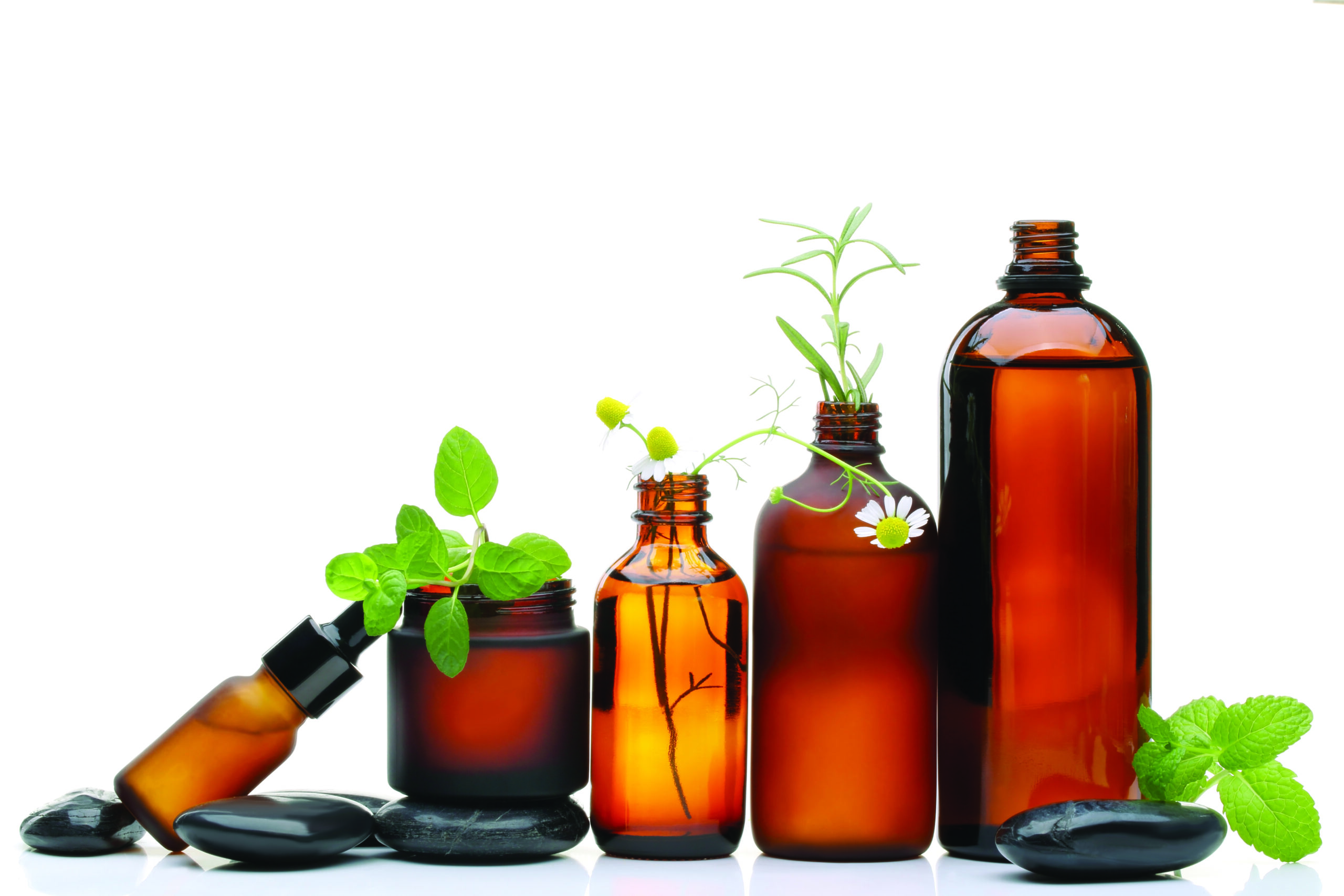It is no mystery that a woman’s body is profoundly affected by her hormones. It seems like we go through life on this roller coaster ride of ups and downs, being tossed back and forth by our fluctuating hormones. The effects on our physical and psychological health do not have to be so turbulent. Essential oils have been shown to balance hormones in many ways. Do you suffer with menstrual irregularities, fertility challenges, decreased libido, vaginal dryness, hot flashes, irritability, anxiety, depression, mood swings, headaches and sleep disturbances? Essential oils may be they answer to your needs.
What are essential oils? Distilled from flowers, stems, roots, bark and other plant materials, essential oils are the essences of plants that embody their regenerating, protective, and immune enhancing properties. They are powerful antioxidants, many of which have antibacterial, anti fungal, antimicrobial, antiviral and antiseptic properties. The use of plant essences and essential oils for health and healing dates back to early civilizations. The Egyptians, Chinese, Greeks, Romans and many other nations knew the beneficial properties of essential oils. It wasn’t until the mid 19th Century that they regained popularity for their fragrance. French chemist René Maurice Gattefosse was known as the “Father of Aromatherapy.” He is said to have coined the term aromatherapy after discovering the healing properties of essential oils while working in his laboratory. Gattefosse successfully healed his burned hand with the essential oil of pure lavender.
The essential oils of today can provide us the same natural approach to health and wellness as our ancestors. However, unlike the days of our descendants, in this modern era we have so many brands of essential oils to choose from. When choosing to use one, it’s important to understand that not all essential oils are created equally. Quality is of the utmost importance to ensure you are using safe and effective oils. Always ensure that you are using certified pure therapeutic grade medicinal essential oils.
How do you use essential oils? Essential oils can be used in a number of ways including aromatically or topically. They can be diffused in the air, applied in a room spray, added to a bath, combined in a massage oil blend or applied topically on an area.
The method in which you choose to utilize the essential oils depends on the oils being used and the effects you are trying to achieve. Some oils are more beneficial when applied to specific areas of the body while others are best used via inhalation.
Regardless of which method of application you choose, they will have an effect on your hormones. For example, many plants have estrogenic properties; they contain phytoestrogens – compounds similar in structure to estrogen. Robert Tisserand in The Art of Aromatherapy wrote of the ability of oils such as geranium, basil and rosemary to stimulate the adrenal cortex, which produces hormones. In addition, Dr. Daniel Pénoël and Pierre Franchomme have explained in their publishings how some oils normalize hormonal secretions.
These are just a few of the many essential oils that are helpful for women:
• Geranium (pelagonium gravolens) is an adrenal cortex stimulant. It helps to balance women’s hormones, calms emotions, and helps decrease stress. This is helpful to menopausal women. Geranium also moistens mucus membranes, therefore, it’s beneficial for those with infertile cervical mucus.
• Clary sage (salvia sclarea), not to be confused with sage, helps to regulate hormones. It is a libido booster, uterine tonic, and helpful in menstrual cramps.
• Rose (rose damascene) is prized oil. It is useful for premenstrual issues, regulates the menstrual cycle, and is a soothing and uplifting oil. Rose is also known for its aphrodisiac qualities and for promoting vaginal secretions.
• Ylang-Ylang (canaga odorata) oil is known to soothe anxiety and tension. It has phytoestrogenic effects and elevates sexual energy.
• Lavender (lavandula angustifolia) is useful for women with irregular or scanty periods; this oil balances the endocrine system. It is calming and helpful for mood swings associated with hormonal imbalances.
• Sweet fennel (foeniculum vulgare) is the most effective phytoestrogenic essential oil. It helps to regulate the menstrual cycle and fluctuating hormones. Sweet fennel is also helpful for lactating women.
• Neroli (citrus aurantium) is a mood balancing oil that helps calm the mind. It is useful for anxiety, depression and stress.
• Jasmine (jasminum gerandiflorum) is an overall female reproductive system regulator and uterine tonic that helps strengthen the female reproductive organs.
There are many more oils and combinations that can be useful for women.
For more information on how essential oils may help you and for a free list of additional oils and recipes, contact Patty Almeida RN, BSN, LMT, CMA, CMT at the Lotus Center llc 45 E. Main St. Avon, CT 06001 (860) 987-3823 http://www.lotuscenter-llc.com. Patty Almeida is a registered nurse with a Bachelors of Science in nursing. She is also a medical massage therapist and is certified in medicinal aromatherapy. Almeida owns Lotus Center llc, a holistic wellness center for women who are seeking an alternative, all-natural approach to their health.
The information presented in this article is for informational and educational purposes and is not intended to diagnose, treat, cure, or prevent any disease.
References:
“Aromatherapy A-Z” Connie & Alan Higley and Pat Leatham, Hay House, Inc 1998
“The Aromatherapy Bible- The Definitive Guide to Using Essential Oils” Farrer-Halls (2005) Sterling publishing Co; New York, NY
“The Complete Book of Essential Oils and Aromatherapy” Valerie Ann Worwood, New World Library, 1991
The East West School for Herbal and Aromatic Studies (2010)
“Essential Oils for Pregnancy Birth and Babies” Stephanie Fritz LM, CPM
“Aromatherapy and Massage for Mother and Baby by Allison England


